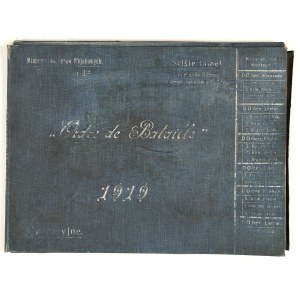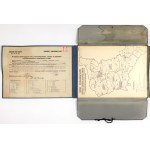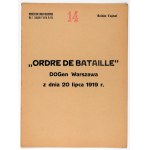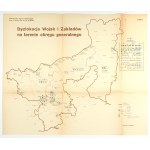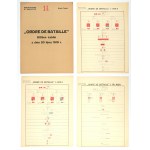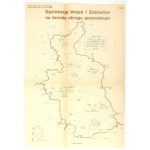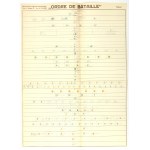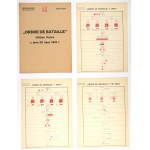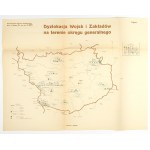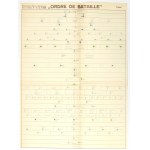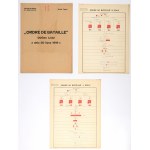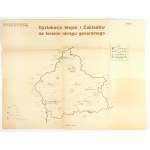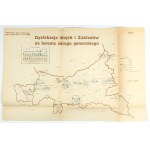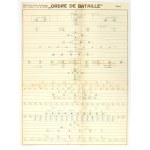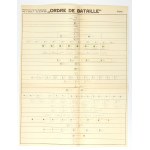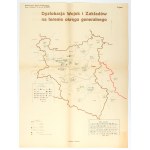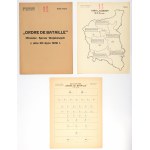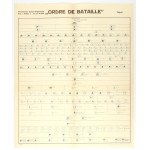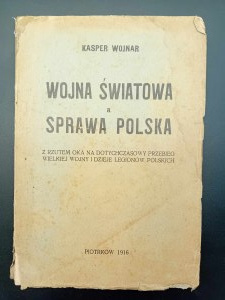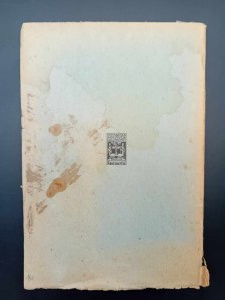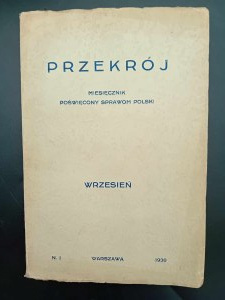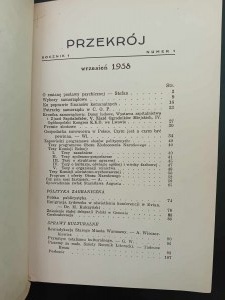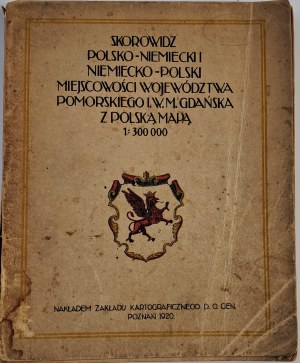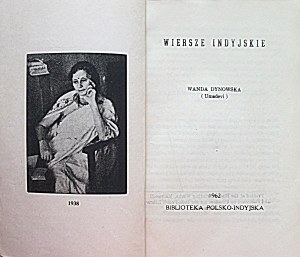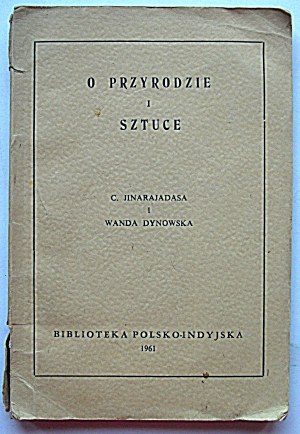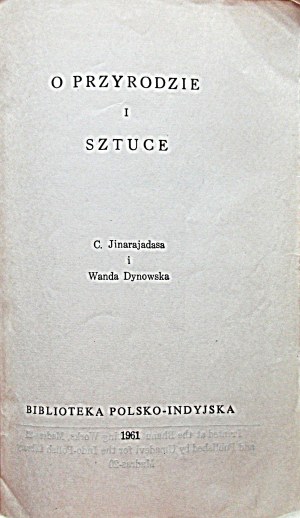ORDRE DE BATAILLE of July 20, 1919. Department I of the Ministry of Military Affairs. An incredible and unique document of a secret nature. It reflected the organizational state of the Polish army during the Polish-Bolshevik war. The fighting on the Polish-Ukrainian front had already ceased, there was a kind of limbo in the clashes with the Bolsheviks, and the Wielkopolska Front was on alert, as at any moment there could be a German offensive to re-conquer Wielkopolska and the remaining lands of the Prussian partition. This time of respite was used intensively for further work on organizing the army. The document is special for the reason that it proves the exceptional efficiency of Polish staffers.
According to the information on the cover, this ordnance contains information on the organizational structure of the Ministry of Military Affairs and its subordinate General District Commands: Warsaw, Lublin, Kielce, Lodz, Cracow, Lvov. Not included is the Greater Poland Front having its own Ordre de Bataille of 19.II.1919. Also not included are the borderland formations: Galicia-Volhynia Front, Polesie Front, Lithuanian-Byelorussian Front and South-Western Front. It should be thought that the Ministry of the Interior, developed a separate Ordre de Bataille for them.
The document carried special regulations for use. It could only be filed with the commander and chief of staff, who personally decided who was to use it - exclusively on the spot. Marked, of course, as top secret. It was printed in two pieces of 70 each, numbered in red or green. The one with the green numbering was to be used to apply changes to the unit to which it was sent and, once applied, was to be returned to the MSWoj Operations Department. The red one was to be immediately destroyed upon the arrival of the next updated order. Such was ready on August 18, 1919. As you can see, its time of organizational usefulness was extremely short. The next one was current precisely from August 18, 1919 to April 25, 1920. It coincided with the Polish offensive on Kiev, because the staffers had to have the latest data on the state of the army when planning the operation. This piece just happened to have survived. It is in the stock of the J. Pilsudski Institute in New York.
However, the piece presented here and now, despite a detailed search, could not be found anywhere. Neither in public nor private collections. There is also no information that it has ever appeared in antiquarian circulation. It is a rarity. What caused it to survive? This will probably remain in the realm of speculation. According to the instructions, it should have been destroyed immediately after the arrival of the updated one, and in the minutes each time this destruction was stated with a signature.
These 70+70 pieces, that is, two pieces each, bearing in mind the registration number in green and separately in red, were sent by special couriers to 58 addressees. They had to sign for receipt with their own hands on each piece. The one presented here has a red register number marked 14. The receipt was signed (illegibly) by the head of the Operations Department of the Military Ministry. It was one of 11 handed over to him. They carried numbers 11 through 15 and 65 through 70. As such, they were spare. Numbers from 43 to 48 were given to the General District Commands: Warsaw, Lublin, Kielce, Krakow, Lodz, Lvov. No. 52 went to the Galician-Volyn Front, No. 53 to the Polesie Front, No. 54 to the Lithuanian-Belarusian Front, and No. 57 went to the Greater Poland Front, which had its own Ordre de Bataille of 19.II.1919.
The whole book is divided into 7 separate tex-appendices. They all have the number 14 repeated on the cover, which is the red registration number. On each it is stated what it concerns. The first: the Ministry of Military Affairs. It holds a map of the division into D.O.G., or the previous 6 mentioned. The second: units and other institutions and enterprises subordinate to the Ministry of Military Affairs. From the naval battalion formed in Modlin to the gun wool factory. The third: Addendum to the expanding D.O.G. Lvov.
The folder of appendices No. 2 is devoted to the D.O.G. Warsaw. It contains on separate sheets the 1st and 8th infantry divisions, also on separate sheets the 1st and 2nd cavalry brigades. Another map showing the territory of D.O.G. Warsaw with the dislocation of divisions and establishments. The sixth finally the entirety of the subordinate D.O.G. Warsaw units and establishments. Total of 6 pieces.
According to the same key, the contents of the next folders-attachments in the D.O.G. Lublin, that is, the third one, the ordnance of the 3rd and 9th infantry divisions, and 3 brigades of cavalry, are housed. There is also a map of the district with the dislocation of units and establishments, and a graphic representation of all units and establishments subordinate to D.O.G. Lublin.
In the fourth one concerning the D.O.G. Kielce, there is an ordnance of the 2nd and 7th infantry divisions, and the 5th cavalry brigade. The other boards as above. In the fifth one concerning D.O.G. Lodz, the ordinance of the 4th and 10th infantry divisions are included. The others as above. The sixth, that of D.O.G. Krakow, shows the ordnance of the 4th cavalry brigade, the 1st mountain brigade and the 6th division. The others with the borders of the D.O.G. Krakow and the units and establishments - similar to the previous ones. The seventh, that of D.O.G. Lvov, contains the ordnance of 6 divisions, a map of the district and enumeration of units, and an additional supplementary board - it was explained that it is being worked on.
There are a total of 33 boards + 1 in all the appendix folders, as a map showing the dislocation of the reserve divisions of all arms was pasted at the bottom of the general folder. Dimensions range from230x380to 500x650mm. Some of them have atlas folding. All in impeccable condition. Collection folder in hard cloth binding (corrugations, partial loss of white paint on letters, loose lower leaf), folder dimensions: 290x380 mm. Unique.



